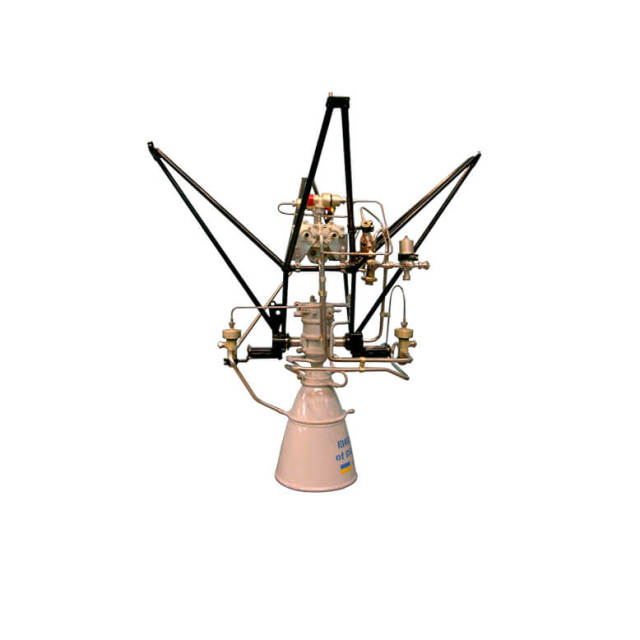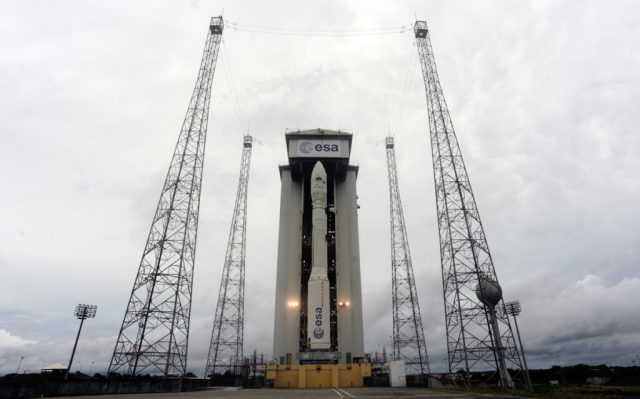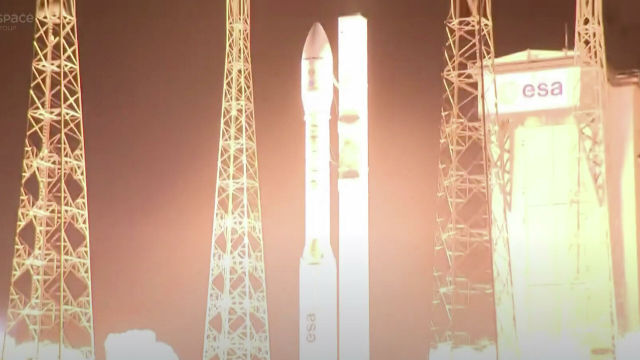According to a source in the rocket and space industry, the failed launch of The VEGA carrier is associated with the failure of the Ukrainian engine installed on the fourth stage.
Today, the Vega launch vehicle was launched with two scientific satellites: SEOSAT-Ingenio and TARANIS. Unfortunately, the launch failed: eight minutes after launch, the rocket deviated from the calculated trajectory, which led to the loss of the payload.
A source of RIA Novosti in the rocket and space industry announced the main version of the accident: according to him, the carrier could have been lost due to the Ukrainian RD-843 engine-the accident occurred shortly after its activation. "The fourth stage has a Ukrainian-made RD-843 engine. Its failure is considered as the main possible cause of the VEGA rocket crash, " the source said.
The Launch Of Vega / ©SciNews
The RD-843 is a liquid-propellant rocket engine. It was developed by Yuzhnoye design Bureau in the interests of Fiat Avio. The engine is produced by Yuzhmash. The RD-843 design uses a combustion chamber from the RD-869 engine of the Soviet R-36M Intercontinental ballistic missile. As fuel RD-843 uses dimethylhydrazine unsymmetrical (UDMH), the oxidizer is dinitrogen tetroxide.

RD-843
Image source: yuzhmash
The European space Agency has long planned to replace the Ukrainian engine with a more environmentally friendly one. In November 2017, 53 million euros were allocated to Finance the Vega Evolution program aimed at developing a new product.

Vega
Image source: aboutspacejornal
Vega is an important and landmark project for the European space Agency. With the launch of this carrier, which made its first launch in 2012, ESA received a light rocket and closed the line of carriers of all classes.
The rocket has four stages: its starting mass is 137 thousand kilograms. The lead developer of the rocket is Italy. In addition, France, Spain, Belgium, the Netherlands, Switzerland and Sweden are participating in the project.
In the future, ESA intends to put into operation a fundamentally new carrier — Ariane 6: it will replace Ariane 5 and complement Vega. The first launch of a promising rocket should be made in 2022.
Russia is also planning to update the line of main carriers. However, while the timing of the introduction of new missiles in operation is not fully defined.
Recall that in November it became known about the shift in the development of the Soyuz-5. According to the data provided at the time, the delivery of the draft project was postponed from 2020 to 2021. The first flight of the rocket can be expected in the mid-2020s.

